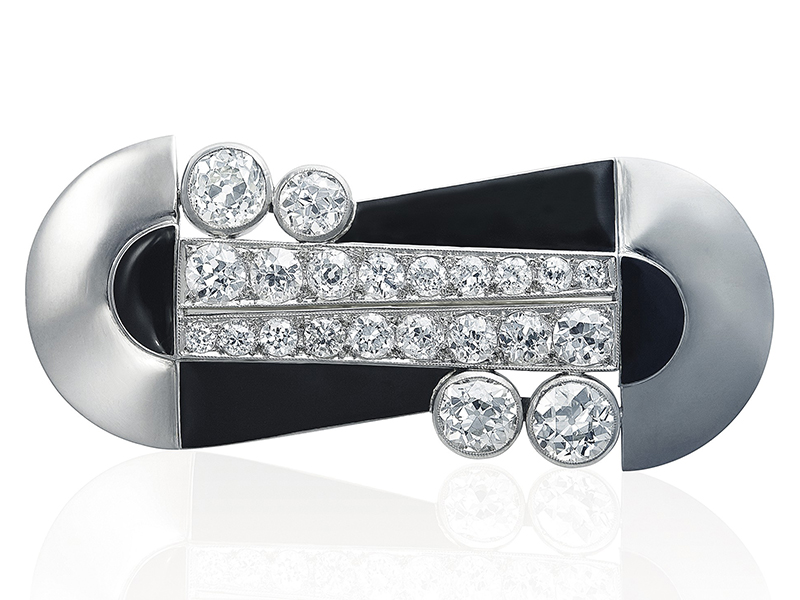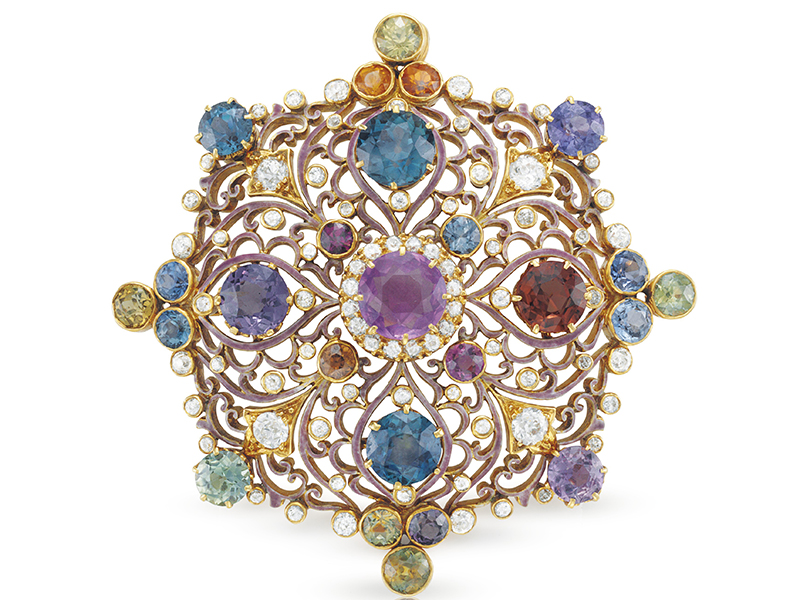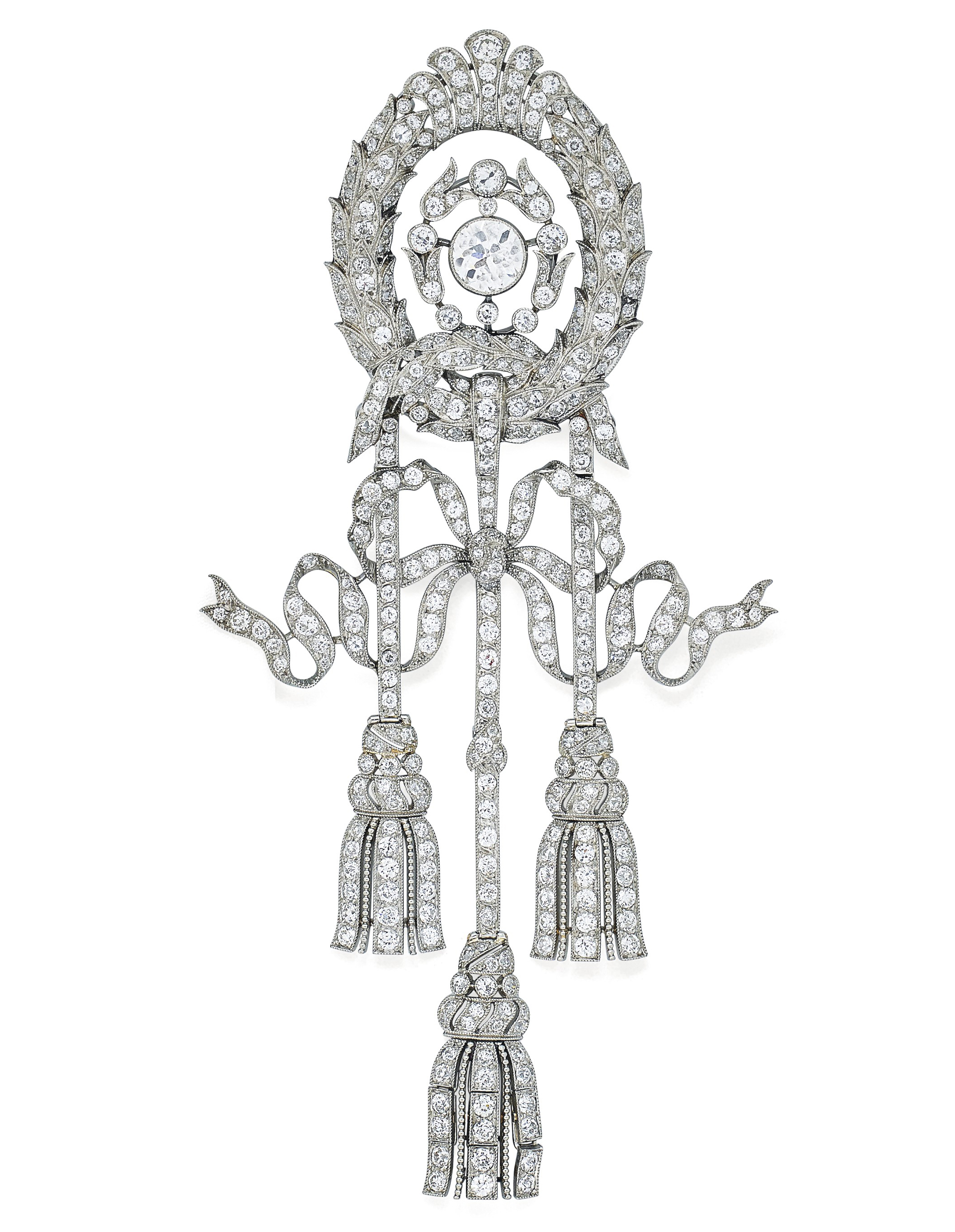A Christie’s Expert on the History of Architectural Jewelry
Christie’s Jewelry Specialist Rachel Evans-Omeyer outlines how jewelry trends have changed in line with fashions in building design
Christie’s Jewelry Specialist Rachel Evans-Omeyer outlines how jewelry trends have changed in line with fashions in building design
Over the past 250 years, jewelry design has been much influenced by architecture; the taste for Neo-Gothic and Renaissance Revival buildings in the early to mid-19th century inspired romantic sculptural pieces. Gold wrought into a web of tracery and often incorporating structural motifs reminiscent of crocketed niches, strapwork, and caryatid or dragon supports—evocative of carved stone decoration—became the height of fashion.

In the early 20th century, as architectural tastes became increasingly influenced by the delicacy of Neo-Classicism, so too the jewels of the period evolved. The house of Cartier, always at the forefront of creativity, was preeminent in initiating this wave of change. Louis Cartier is known to have encouraged his designers to wander the streets of Paris to sketch the city’s wealth of 18th-century stone carving and architectural detail. What became known as the “garland style” heavily employed classical emblems such as laurel leaf festoons, wreaths, ribbon bows, and husk motifs, along with Greek key and trellis patterns; all fashioned from platinum, the new metal that allowed for exceptionally fine yet strong settings.
Over the past 250 years, jewelry design has been much influenced by architecture
The Belle Epoque taste for lace-like jewels ended abruptly after the First World War, and women’s jewelry was now required to reflect the dramatically changing role of females in society. Le Corbusier famously said in 1923 “a house is a machine for living in” and art jewelers such as Fouquet, Sandoz, Templier, Després, and Dunand were also creating within this ideal.

Their work was influenced by geometry, chromatic contrast, linearity, and industrial production, while also embracing the principles of Futurism that praised speed, machines, and an urban life. Mirroring the cutting-edge architecture of the day, forms were refined to a minimum and unnecessary decoration was abolished. This was jewelry for a new age.
Since then, architectural influences within jewelry design have remained in evidence. For example, yellow gold pieces sculpted in three dimensions, of sweeping outline with volute and scroll detail, mirrored the architecture of Hollywood and its cinema buildings. In the 21st century, the avant-garde jewels of the Art Deco and other periods are as powerful as ever; these still appeal to a contemporary aesthetic and stand as a testament to the drive for modernity that inspired them.

The Jewelry Department at Christie’s is renowned for selling the finest colored stones, diamonds, natural pearls, and signed jewelry around the world, and has been entrusted with some incredibly important sales of private collections. In 2011, the legendary collection of actress Elizabeth Taylor sold at Christie’s New York for a total of $115,932,000. The collection included several pieces of Art Deco-inspired rings, earrings, and necklaces comprised of emeralds and diamonds by Bulgari.
